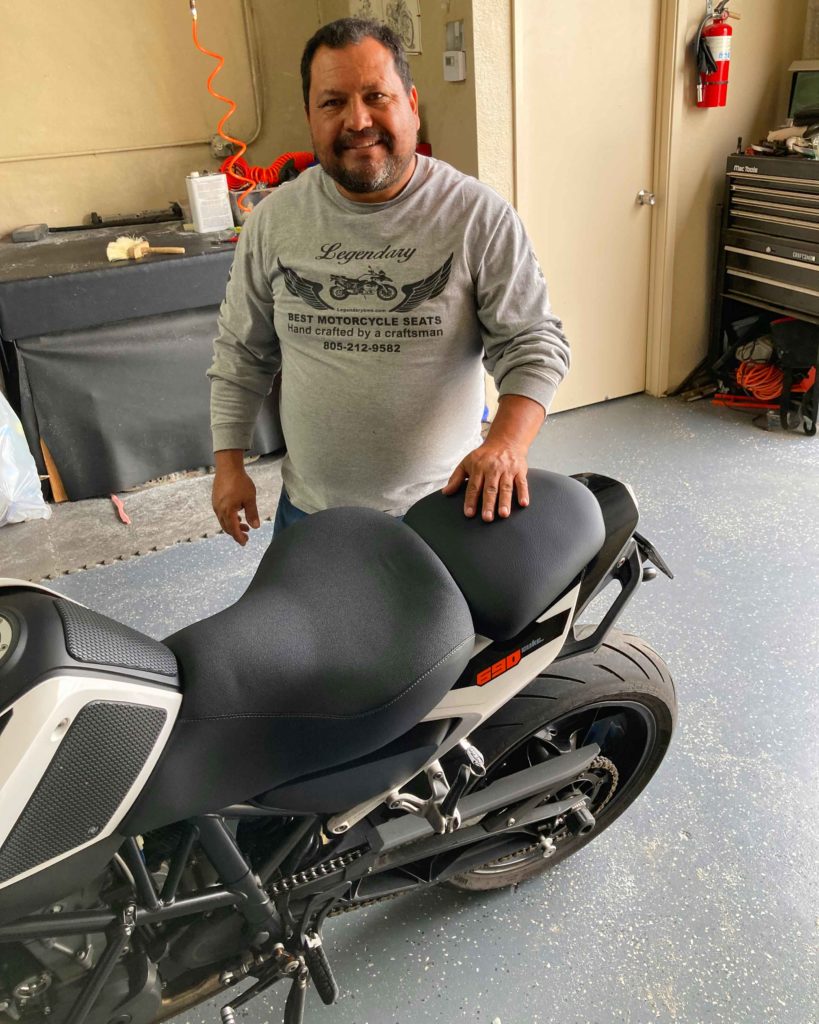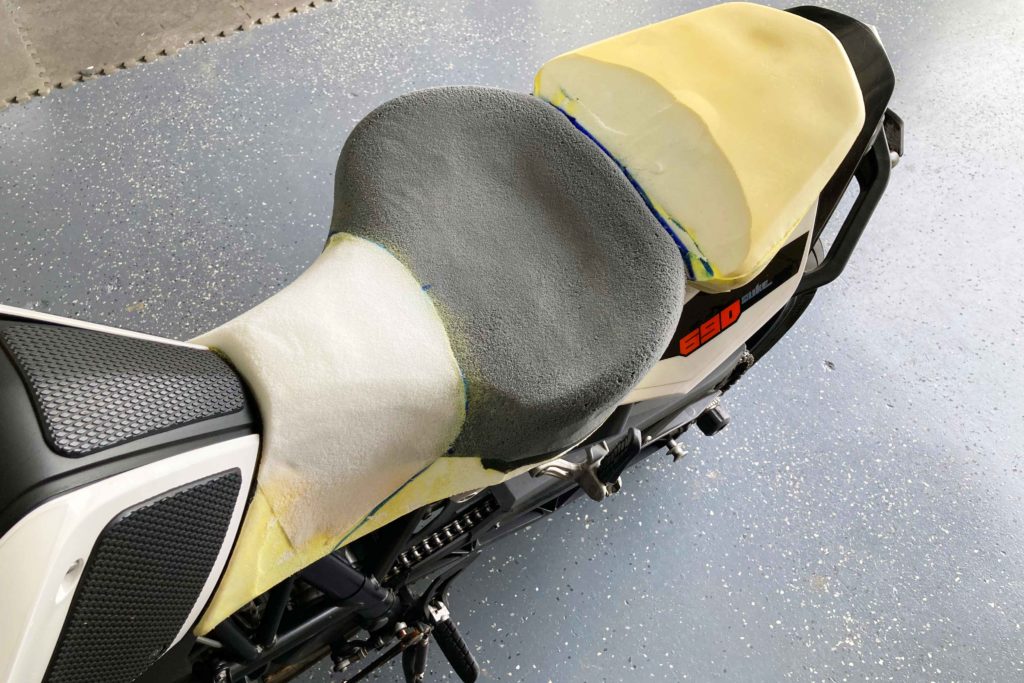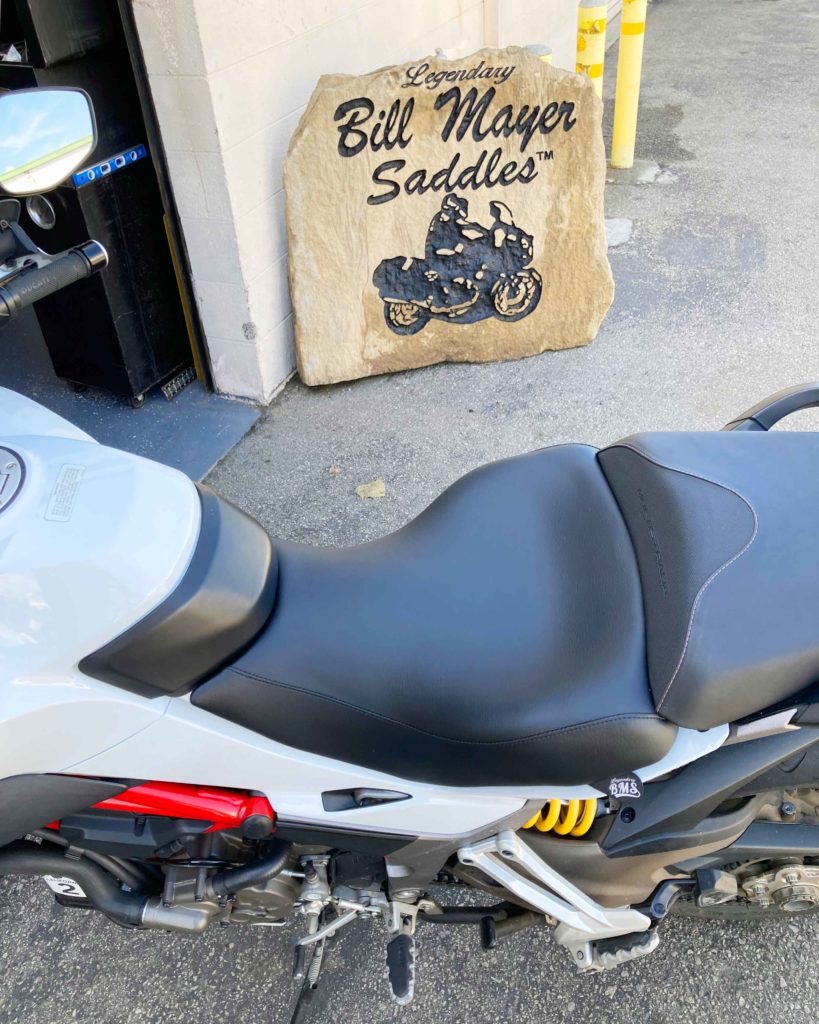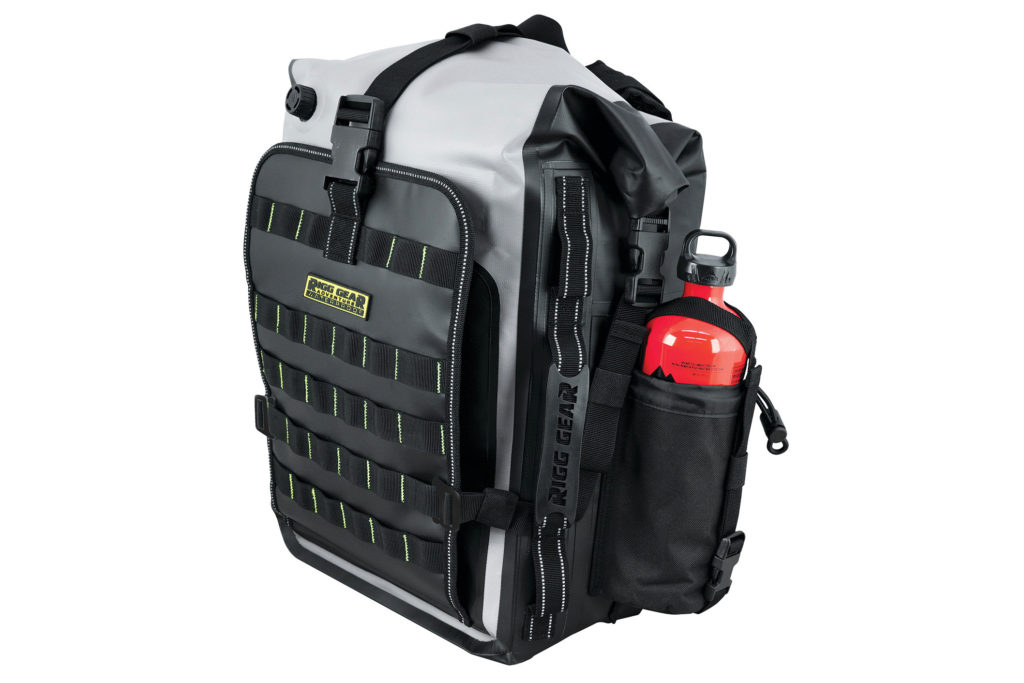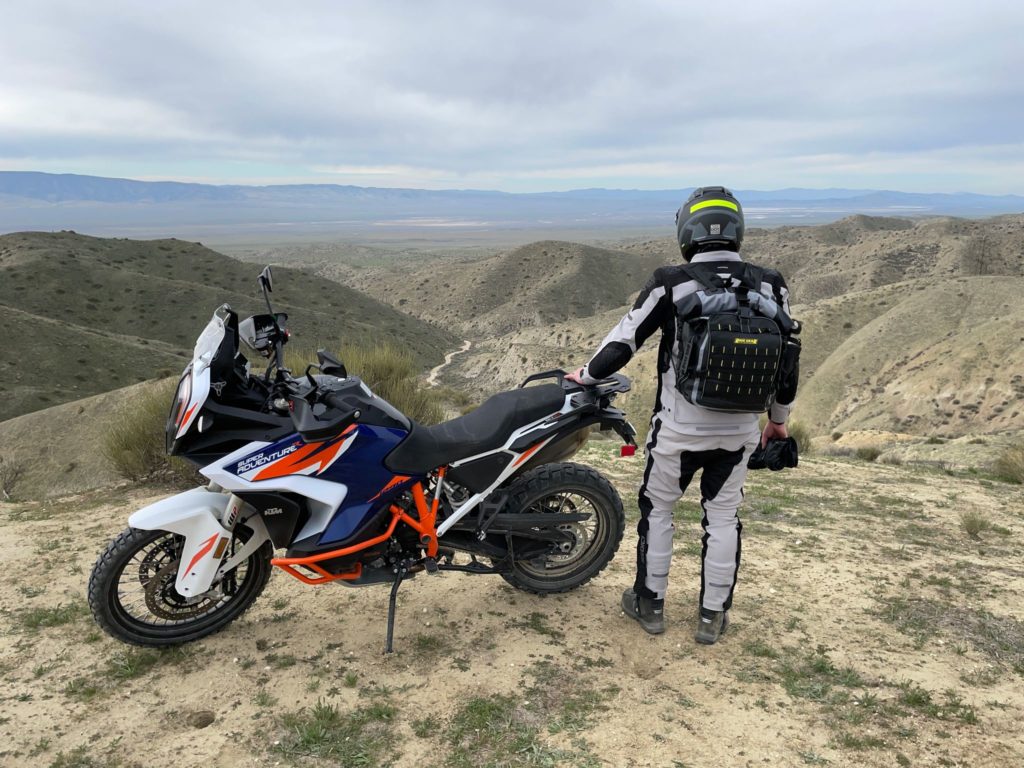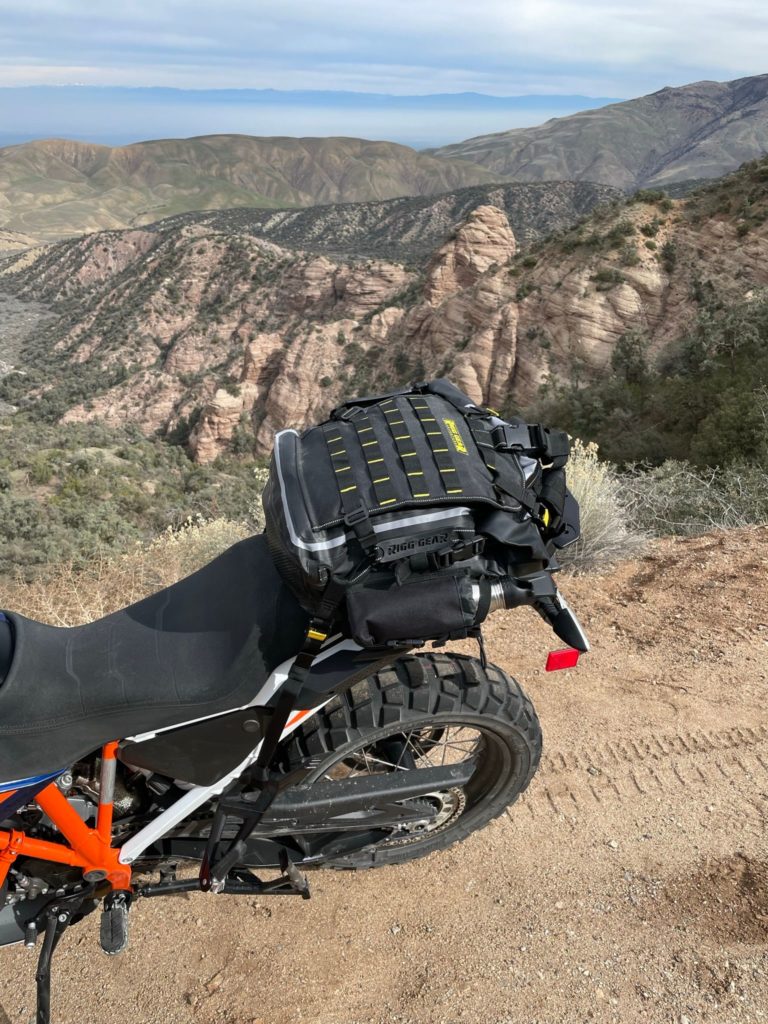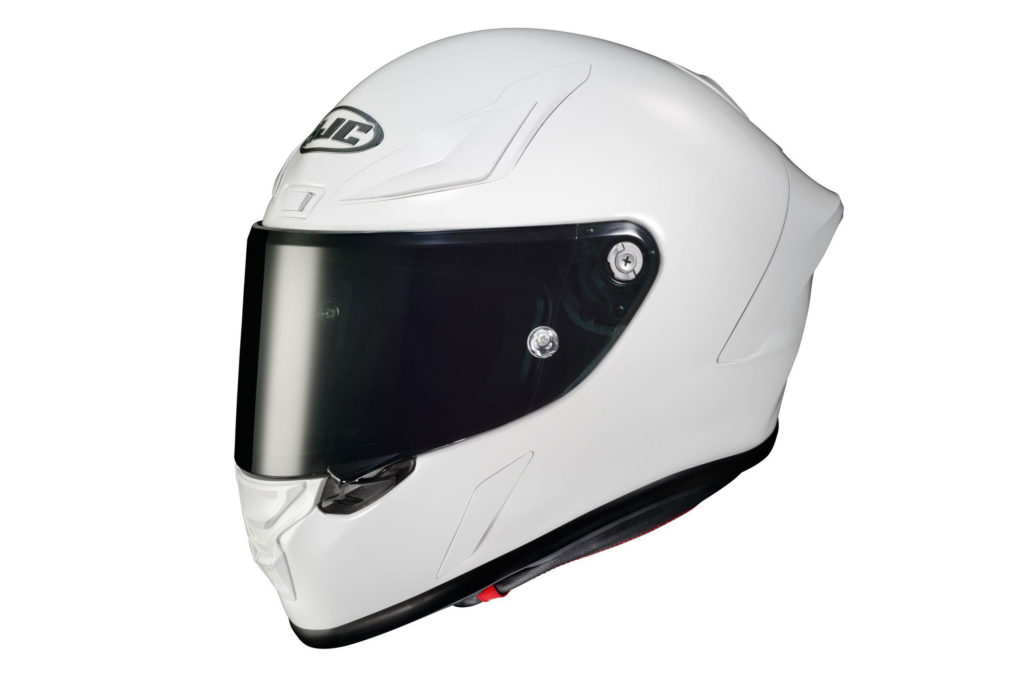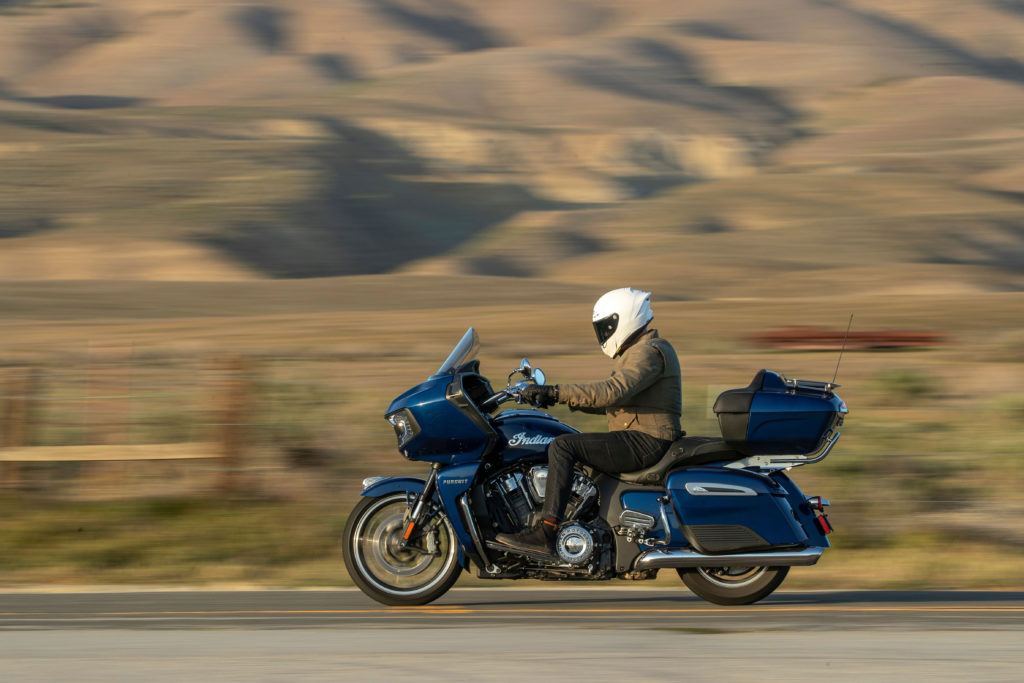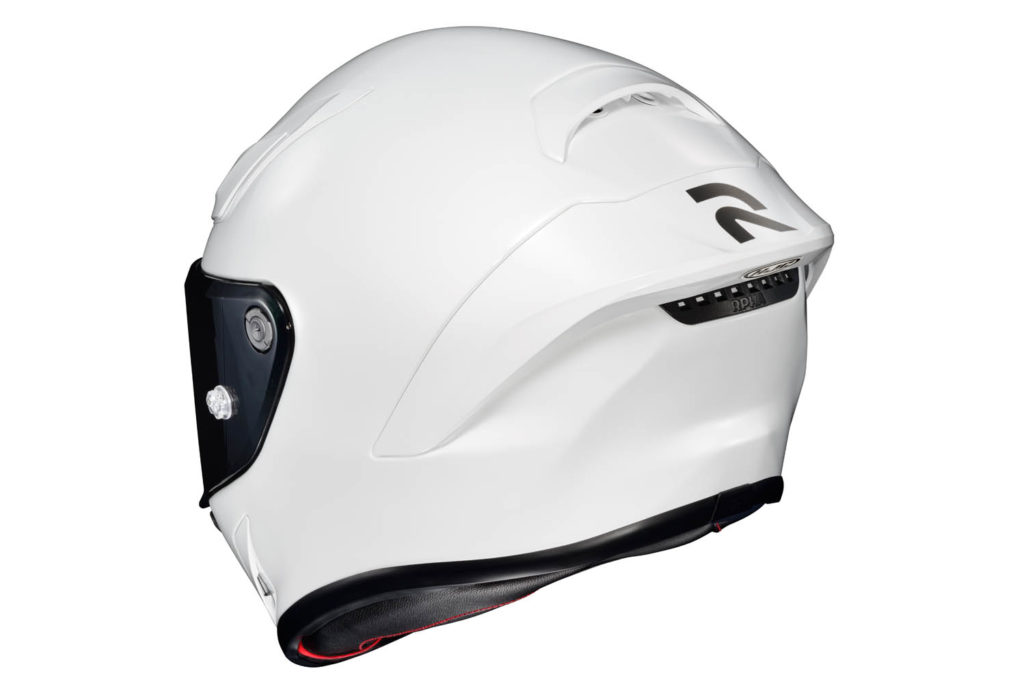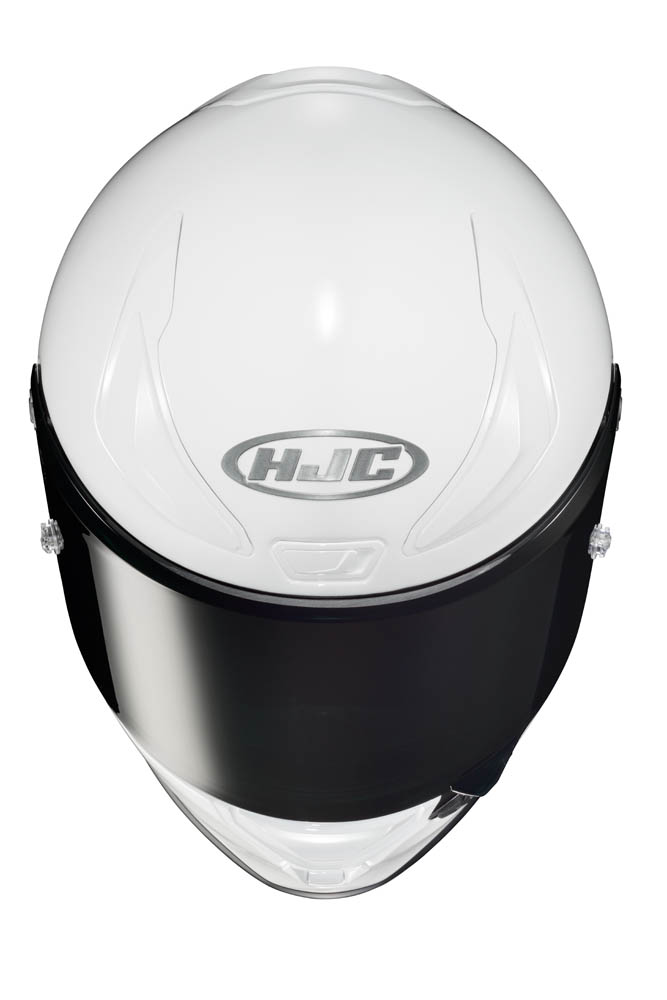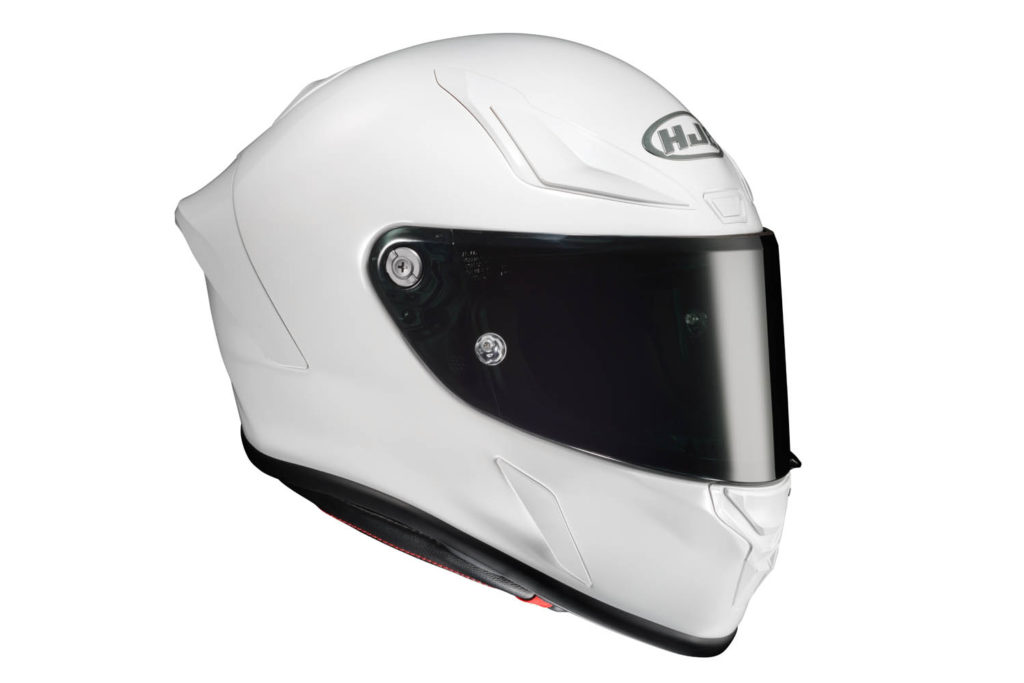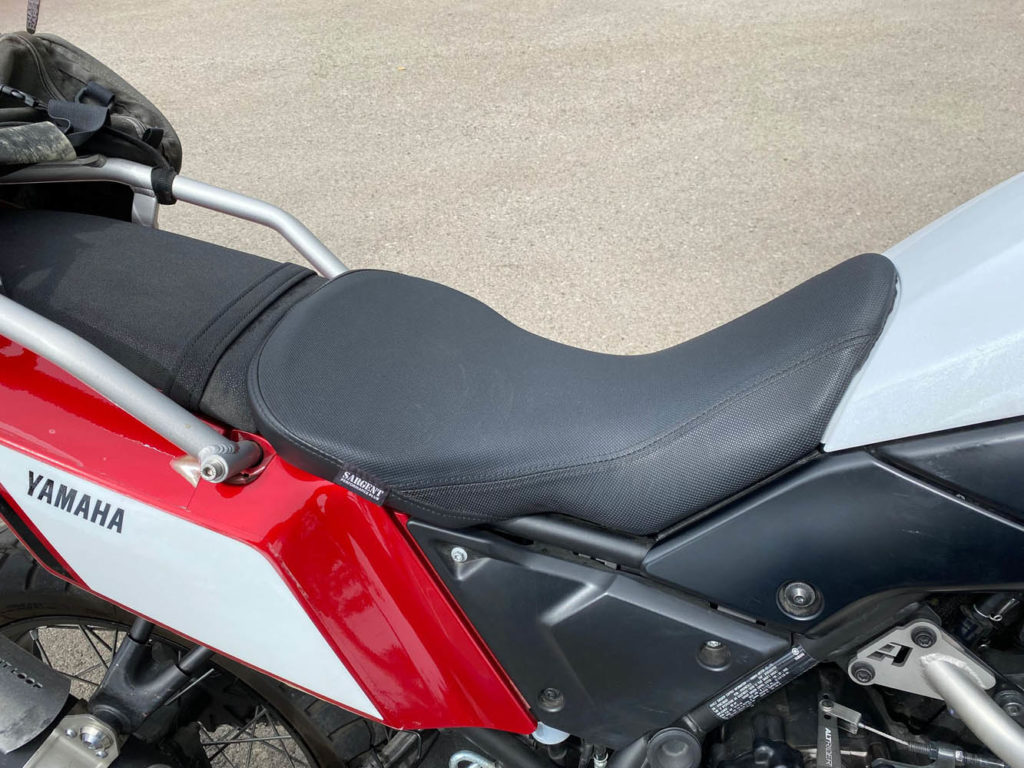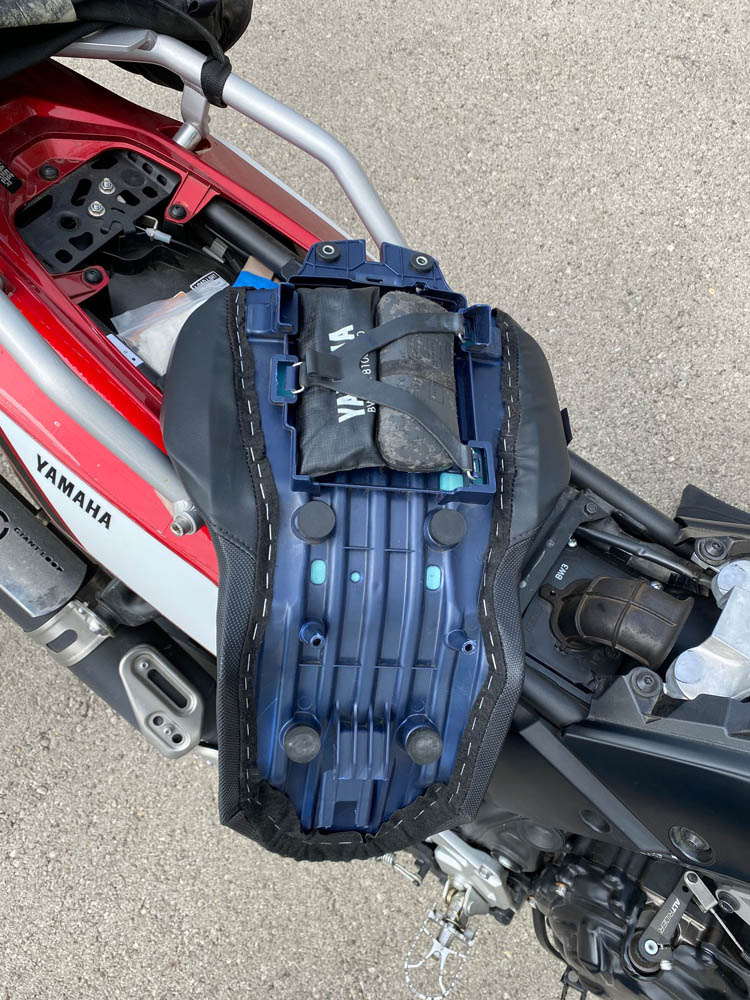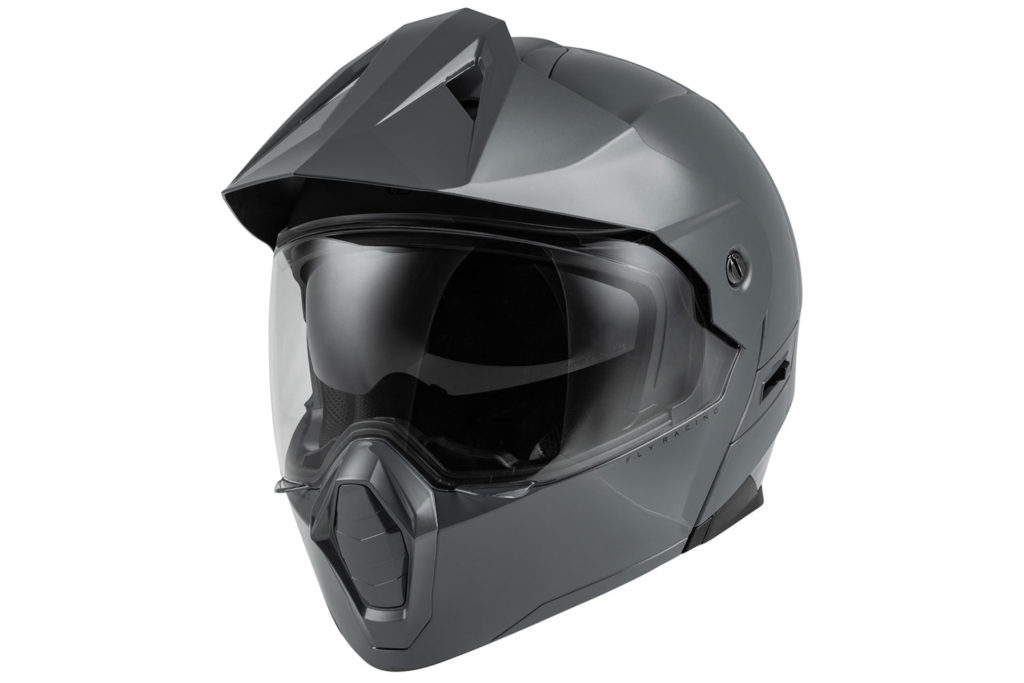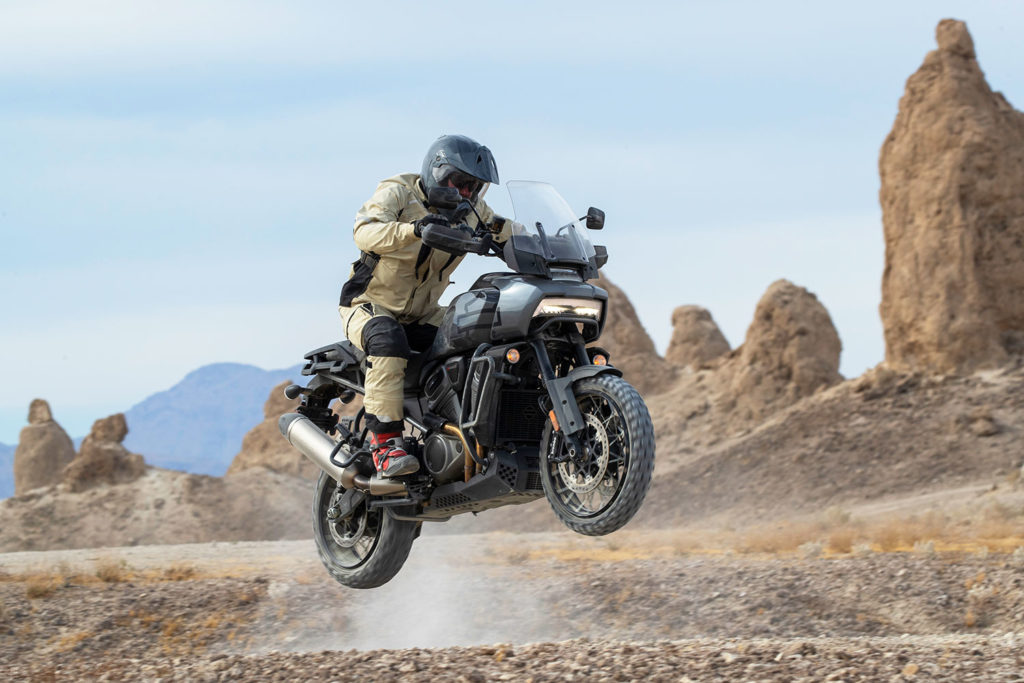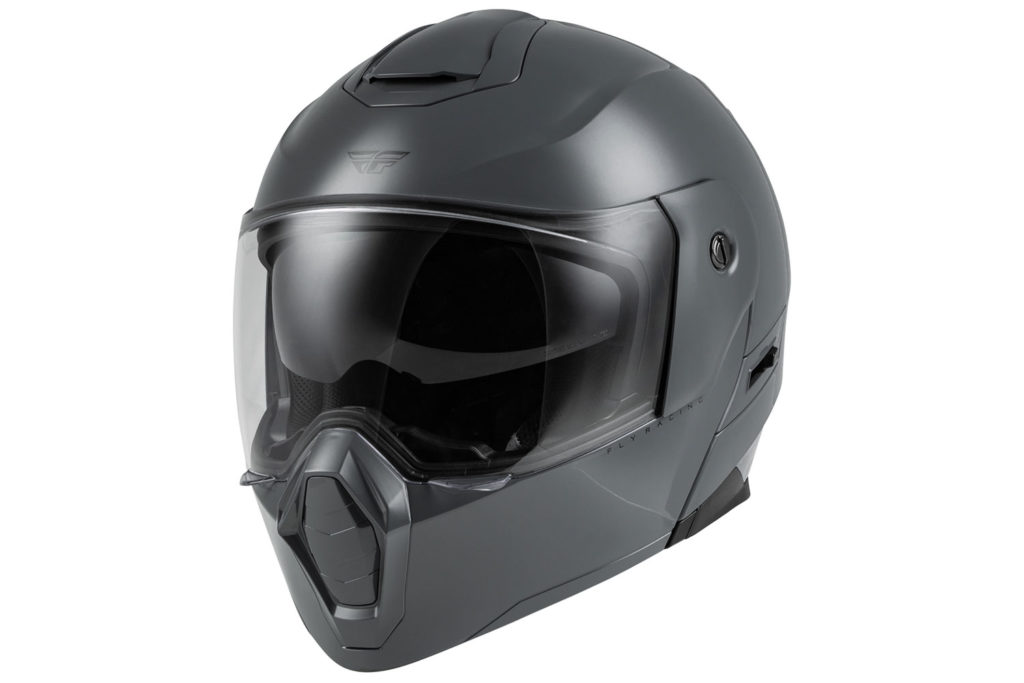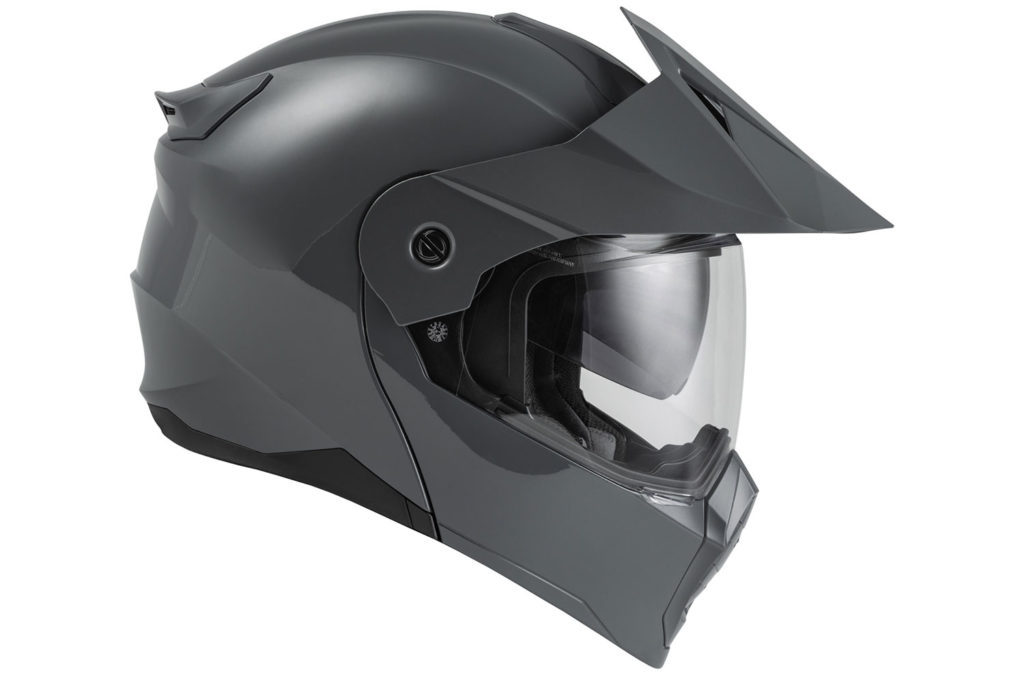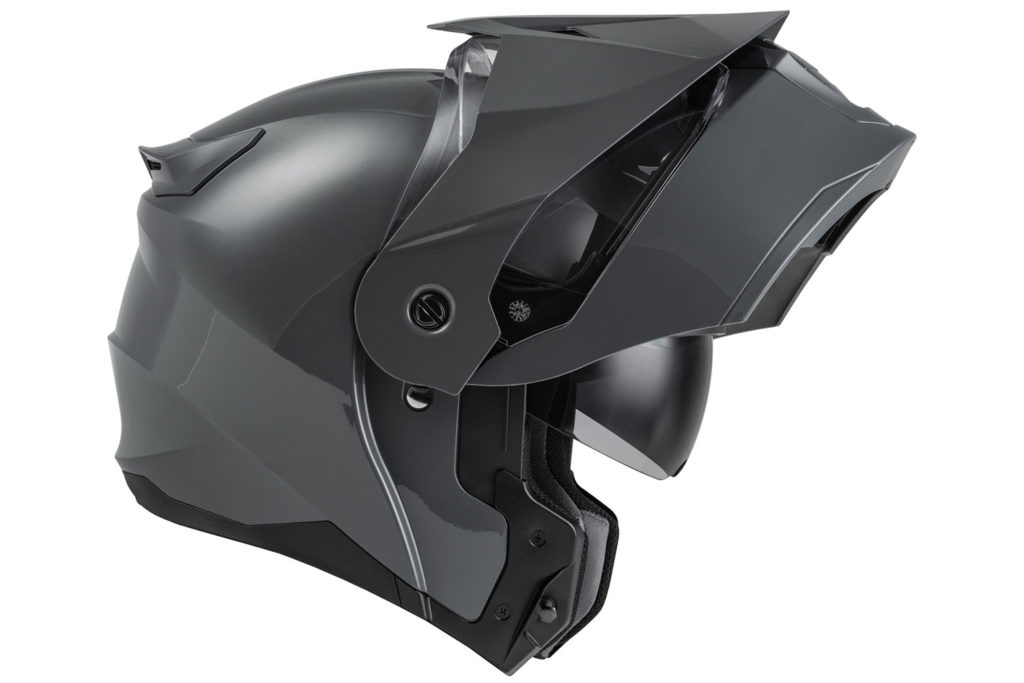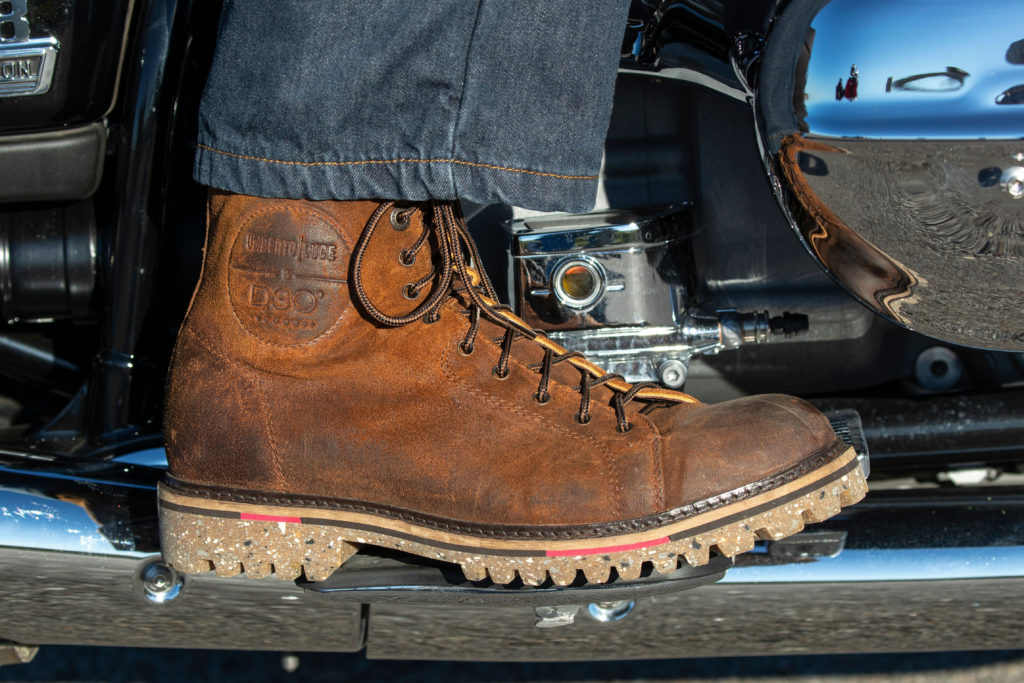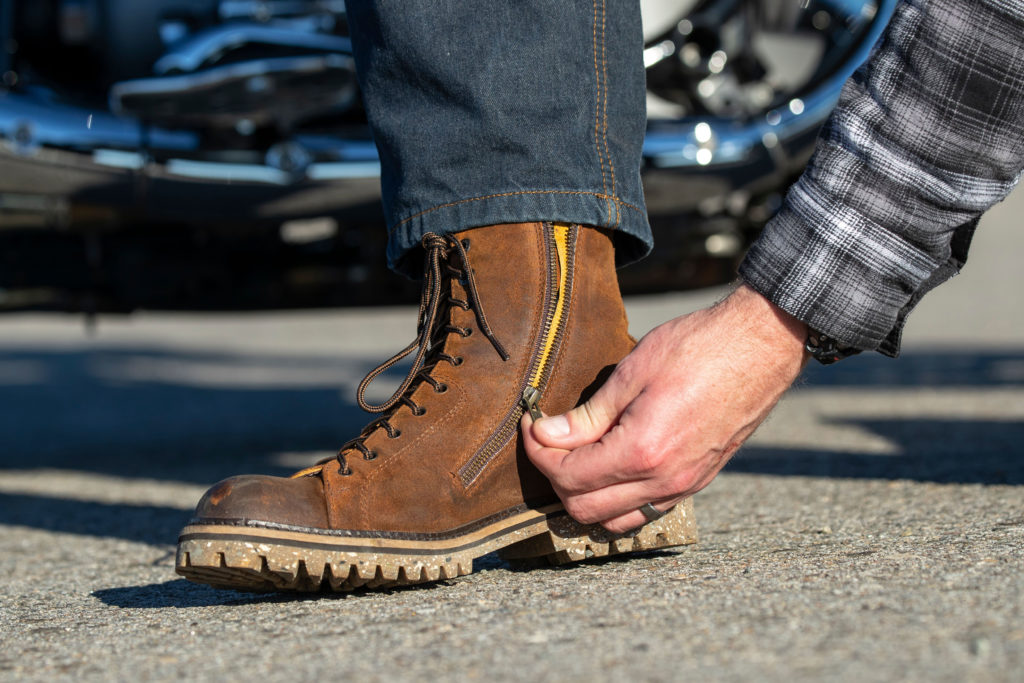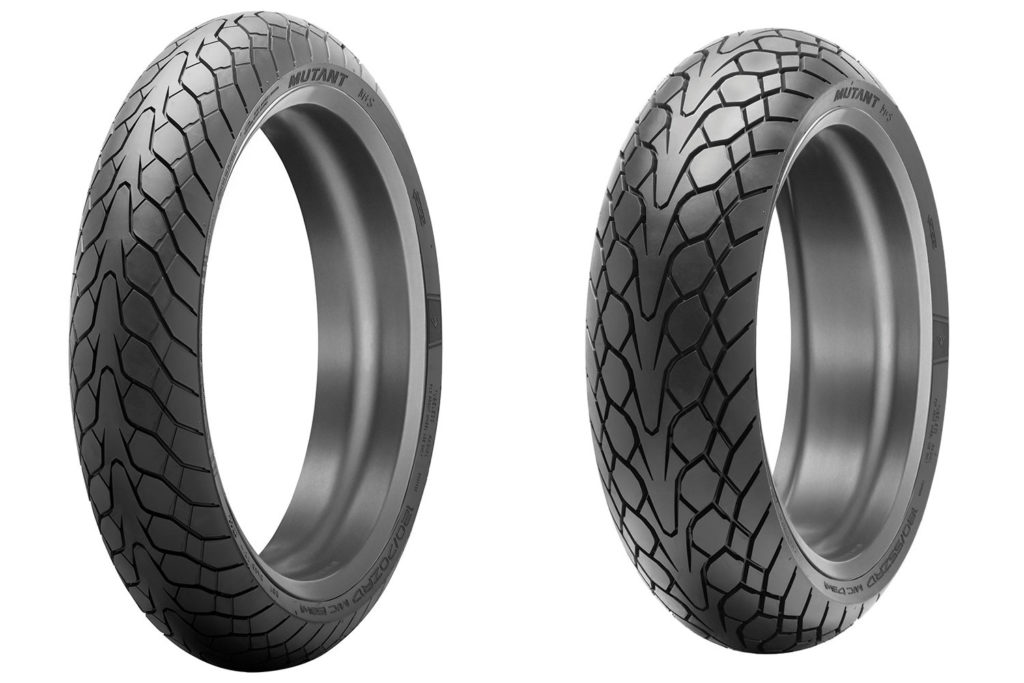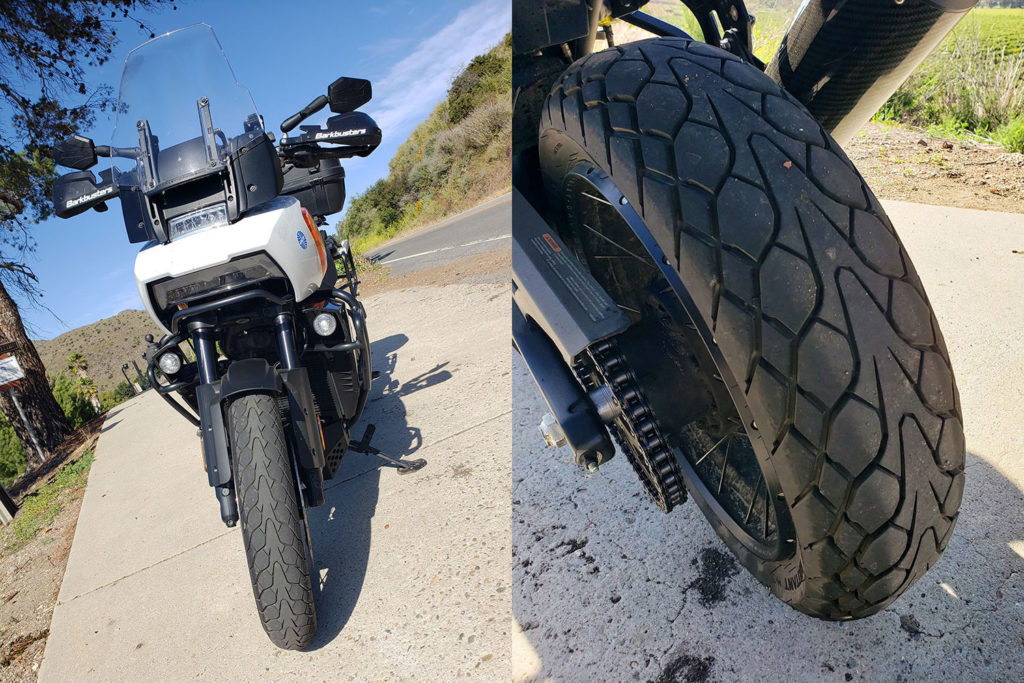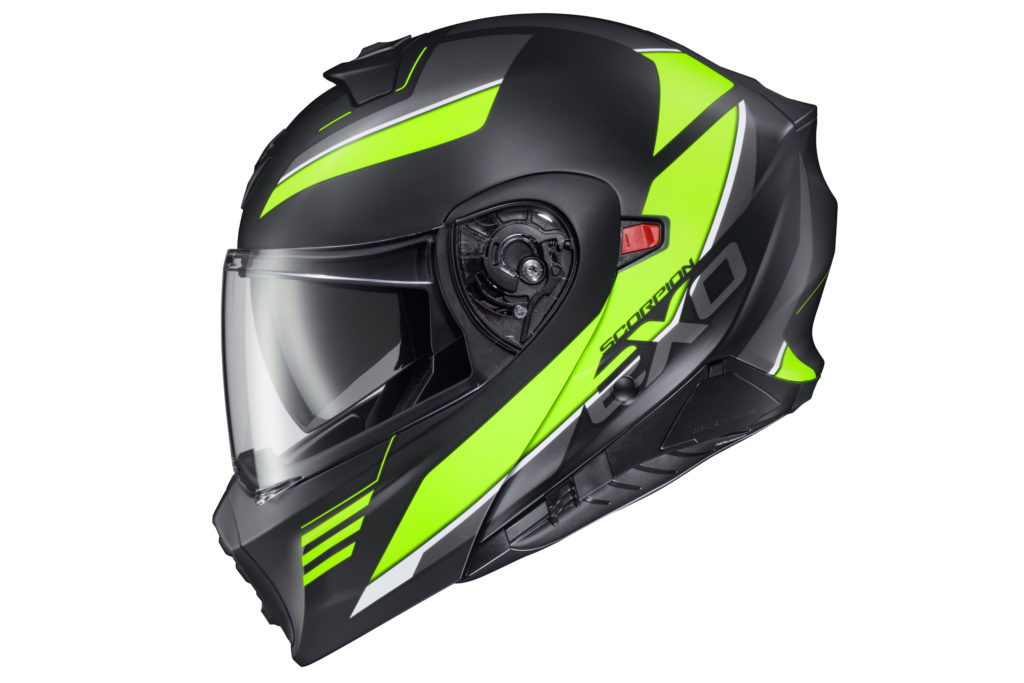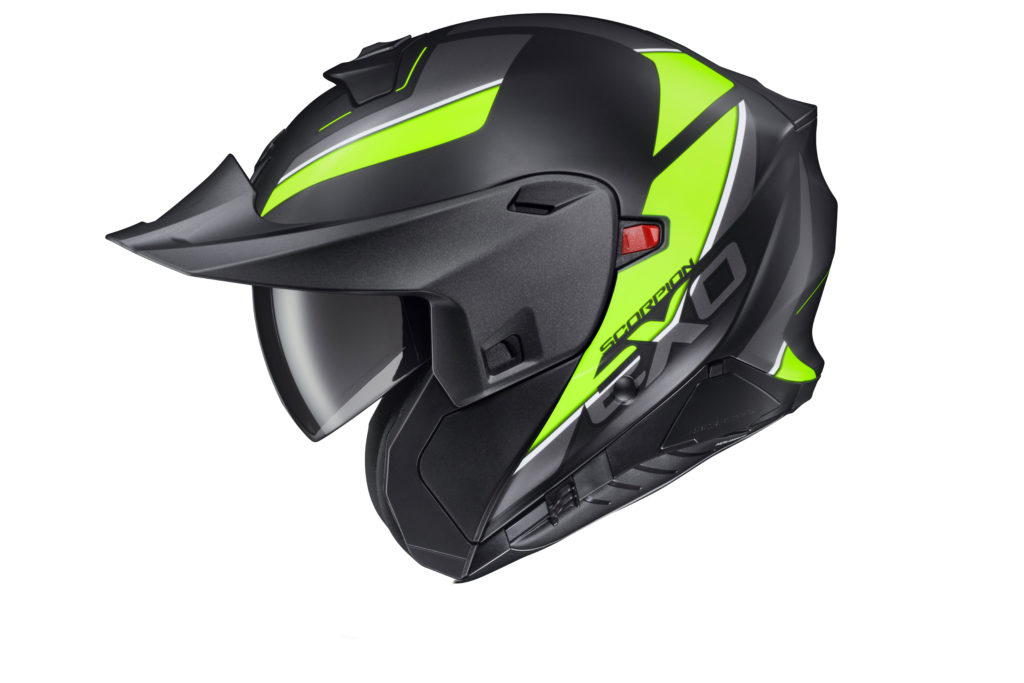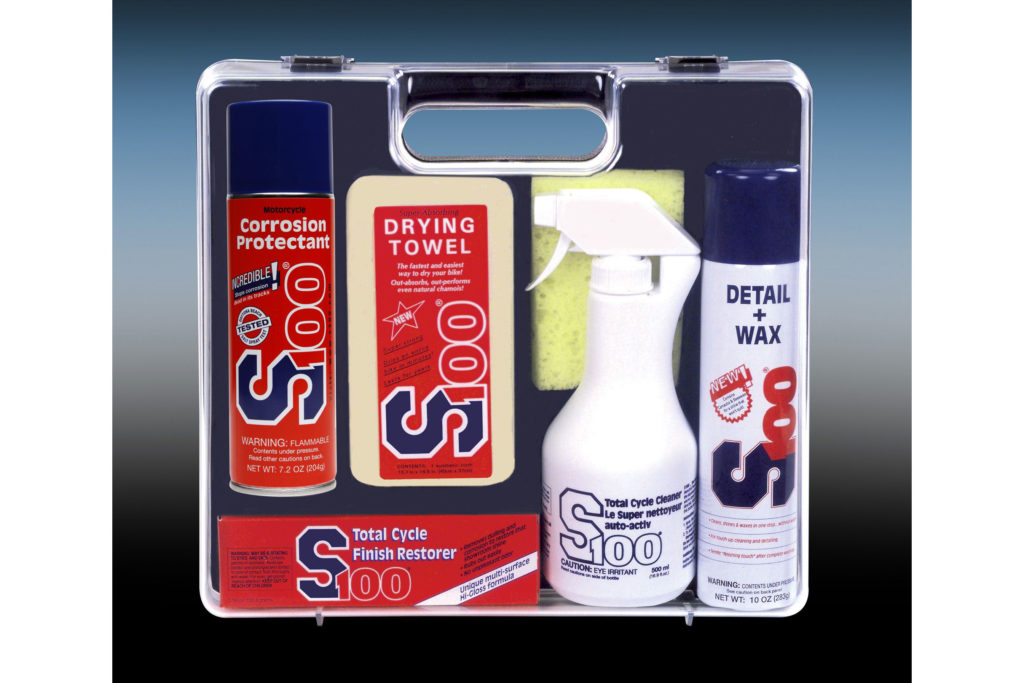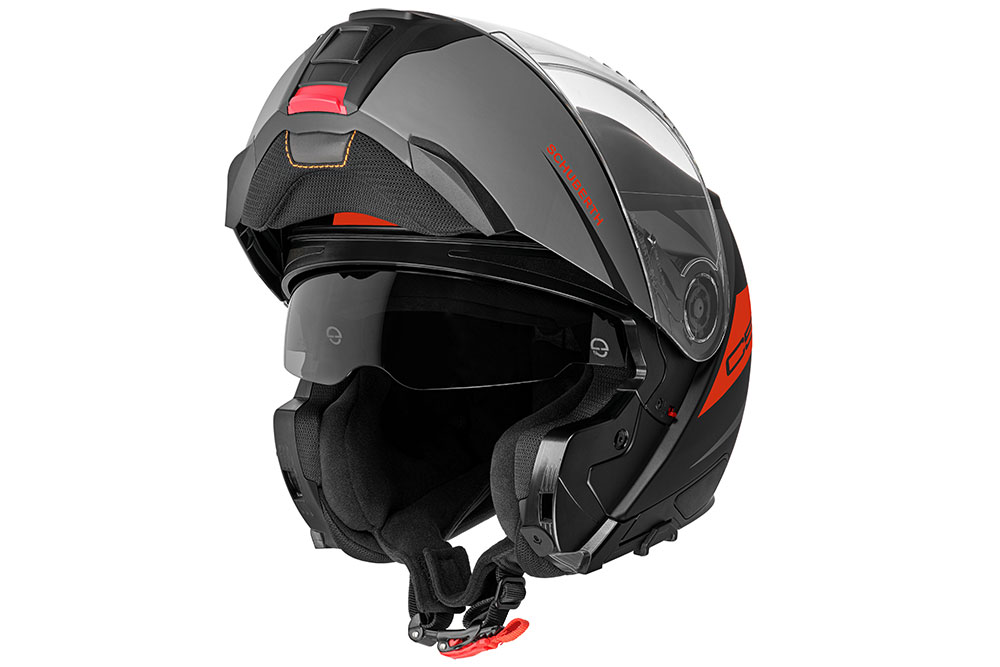
The Schuberth C5 modular helmet is a clean-sheet design that shares no parts with the company’s C4/Pro. Informed by a spatial study, the new architecture has an intermediate-oval head shape that’s less round than the C4/Pro with more interior space. The chinstrap was moved forward, and the new chinbar locking mechanism doesn’t use pins, which avoids the helmet getting tighter when the chinbar is closed.
Having worn several generations of Schuberth’s modular helmets, the changes were immediately noticeable. Sliding the helmet on and off my head is easier, and comfort while riding is greatly improved. Airflow through the helmet has been increased with larger vents and better interior channeling.
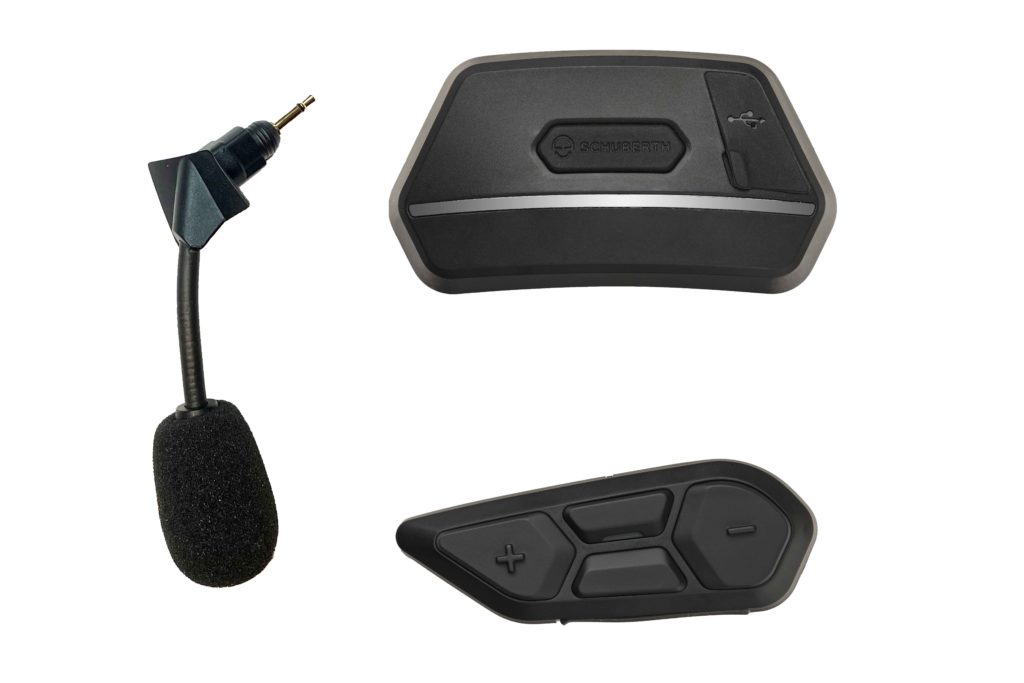
Read more of Rider‘s helmet reviews here
The C5 was designed to meet Europe’s new ECE 22.06 helmet safety standard, which sets higher benchmarks for impact protection and requires a larger eyeport for better visibility. The C5 meets the P/J homologation standard. “P” stands for “protective” and refers to full-face helmets; “J” stands for “jet” and refers to open-face helmets. P/J-homologated helmets can be used in both the open and closed positions, and the C5 has a tab to lock the chinbar in the open position.
The shell is made using Schuberth’s proprietary Direct Fiber Processing. Glass fibers are blown into a mold with a precise amount of resin and compressed in a high-pressure vacuum, creating an exceptionally strong shell. The C5 is not dual homologated to meet ECE and DOT standards. A DOT-specific version of the C5 has a shell reinforced with a basalt layer for added strength.
Inside the shell is a dual-density EPS liner and a new comfort liner with customizable pads. There are optional “sport” and “comfort” cheek pads and replaceable rear pads that can make the interior more round or more oval. The faceshield includes a Pinlock anti-fog insert, and a new patented memory function keeps the faceshield open at a desired level after opening and closing the chinbar.
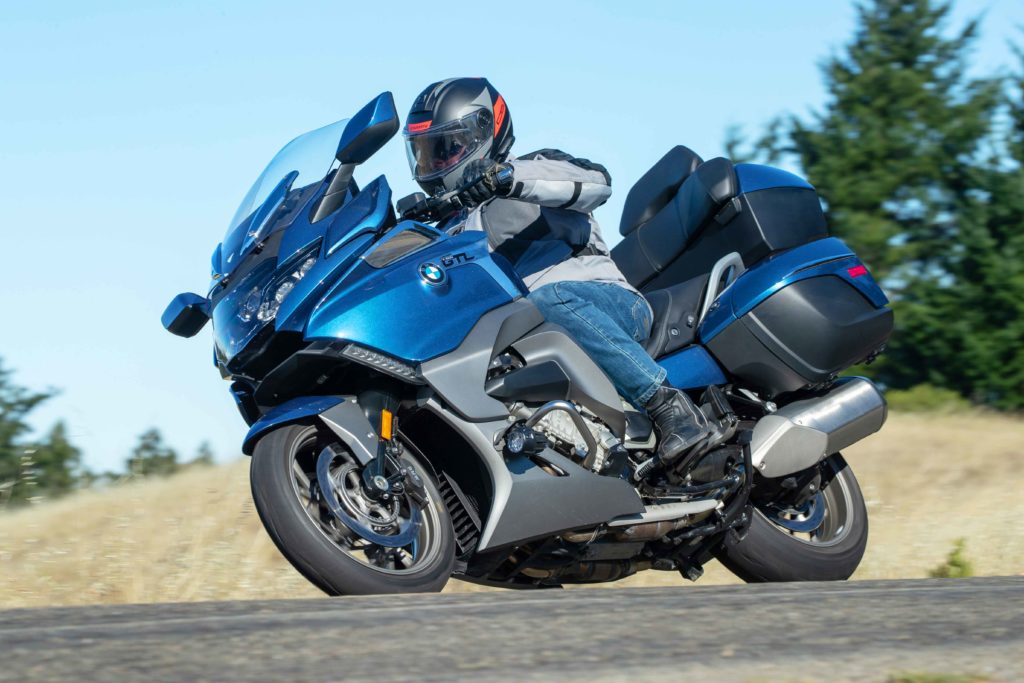
RELATED: BMW K 1600 GTL | Road Test Review
The C5 is prewired for the optional SC2 Bluetooth 5.0 communicator ($349), which is made by Sena and based on the 50S with voice activation and mesh networking. HD speakers and an antenna are built into the helmet. A remote-control unit clicks into the left side of the helmet, and the SC2 main unit with rechargeable battery plugs into the back of the helmet.
Our C5 in size medium with the SC2 installed weighs 4 lb, 2 ounces. Fit, finish, comfort, ventilation, and functionality are excellent. It’s available in sizes XS-3XL in solid colors for $749 and graphics for $849.
For more information, visit Schuberth.com.
The post Schuberth C5 Modular Helmet and SC2 Communicator | Gear Review first appeared on Rider Magazine.
Source: RiderMagazine.com

